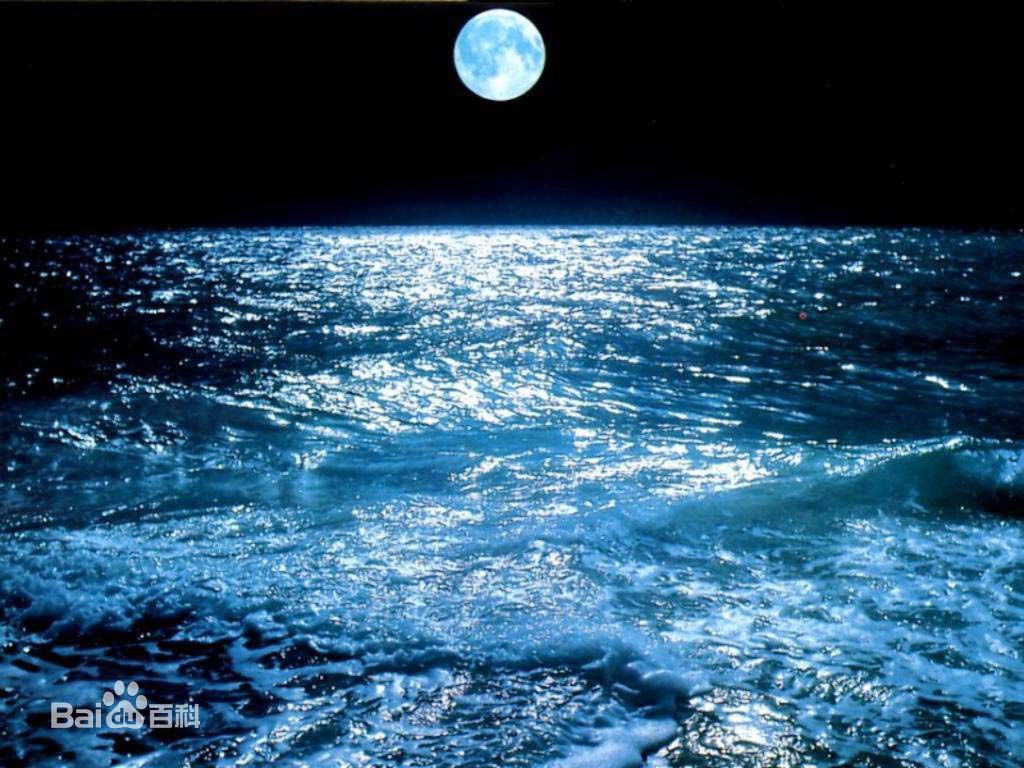The nuclear energy can be generated in two ways – fusion and fission. Both fusion and fission energy are generated by altering atoms. What is the difference between fusion and fission? And which way will generate more energy?
As the word “fission” means separate a thing into different parts, nuclear fission means releases energy by splitting atoms. Nuclear fission happens when an unstable isotope is contacted by some high-speed particles. At this time, the unstable isotope is accelerated and then break into small particles.
Unlike “fission”, nuclear fusion means “fusing” several particles into “one”. Nuclear fusion happens when several low-mass particles compress together and release the neutron they do not need anymore. By uniting different particles and releasing neutron, a huge amount of energy is released.
Although nuclear fission can generate higher energy than nuclear fusion, we can hardly found any nuclear fission in our sun. The reason is that nuclear fission requires a particle with enough mass so that it can be “split” into several particles. However, the major element inside Sun are Hydrogen and Helium, which are both low-mass particles. Therefore, the major nuclear energy inside the sun is generated by nuclear fusion.


